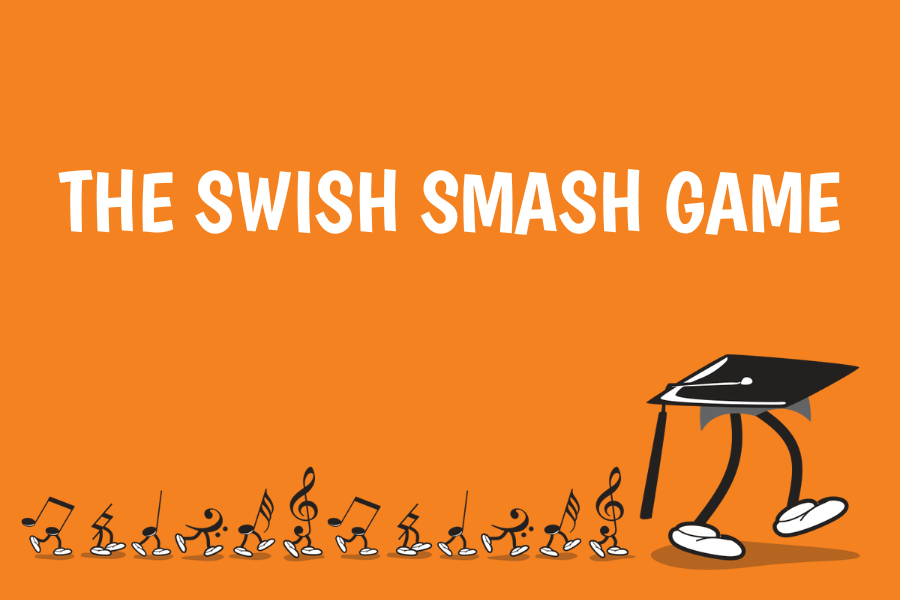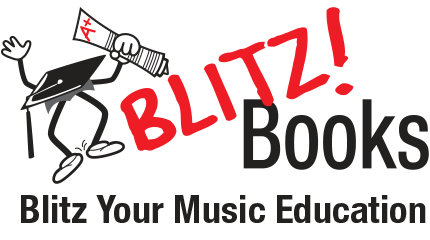The Swish Smash Game

I have invented a new game called ‘Swish Smash’. It is designed as a pre-reading game, but I play it with ALL my students, of any level!
I recently demonstrated this game at MTNA as part of one of my sessions. I got so much great feedback that I decided to put together this blog post so that it can be fully explained and demonstrated – and yes, there is also a link to it.😊
Before I go on, I need to tell you that the inspiration for this game came from Nicola Cantan’s game ‘Right Left Smash Crash’. I saw it being taught last year in a teacher forum, and I loved the concept of being given permission to smash and do other fun things. I also think it’s very important to respond to right and left, as it is represented on a staff.
So I took that idea and ran with it, including other concepts along the way, such as ‘swishing’ up and down the keyboard, which is as fun as smashing 😊
The idea of the game is to get students to respond quickly to direction, rhythm and patterns, without worrying too much about specific note reading.
They have to do things like:
- ‘Swish’ up or down the keyboard (a glissando)
- Recognise patterns that either step or skip, and the direction
- Clap rhythms, or play them in note clusters
- Respond to using right or left hand depending on the clef.
For recognising specific notes, I included just two different C’s as landmark notes, and I had prepared a bunch of ‘empty stave’ flashcards, with the intention that the student and I would decide in advance which notes they want included in the game.
But… the first time I went to play it, I had forgotten to do that step. When the empty stave flashcard came up, I improvised (pun intended) and said ‘Just play anything you want’. This turned out to be the best thing that could have happened! Many of my students love those ‘play anything’ flashcards the best.
(By the way, when they ‘play anything’, it’s not allowed to be a swish or a smash, which does tend to be the default. By having this ‘rule’ I find it gets them actually articulating something!)
The best possible explanation of the game is to show you. So here’s a video with my lovely student Dhanvi.
Download it and try it out. If you have questions about it, please write a comment! I hope your students have as much fun as mine have been. 😊
